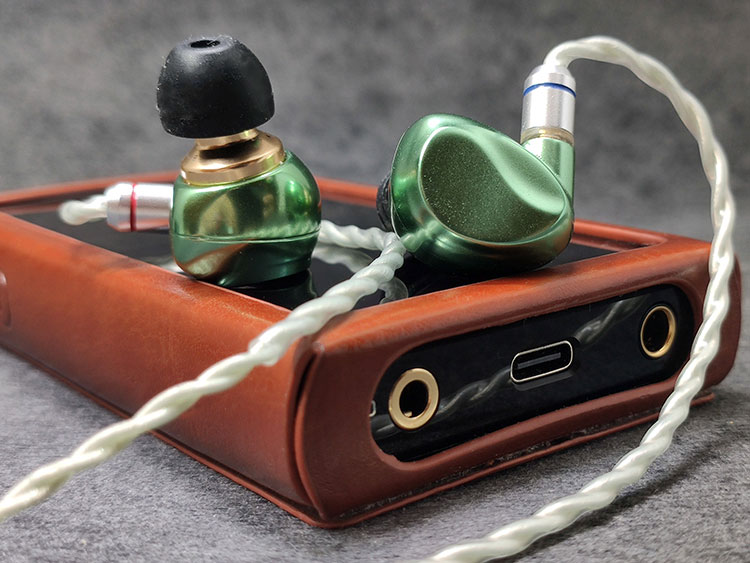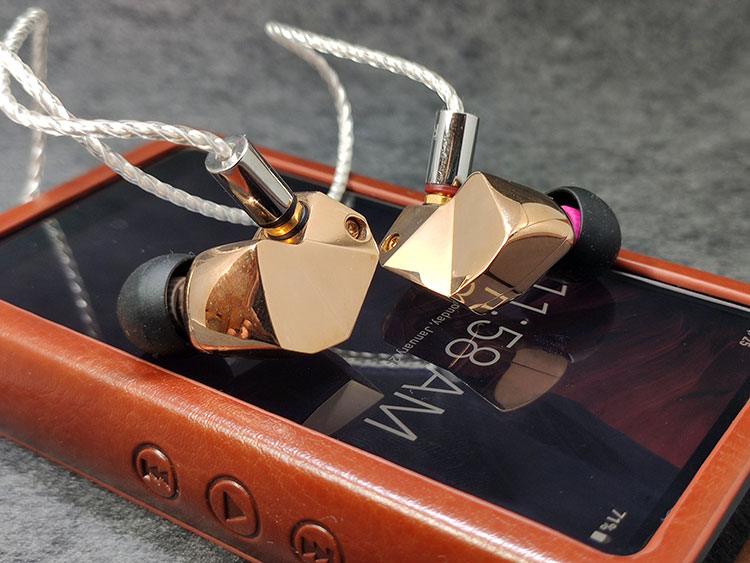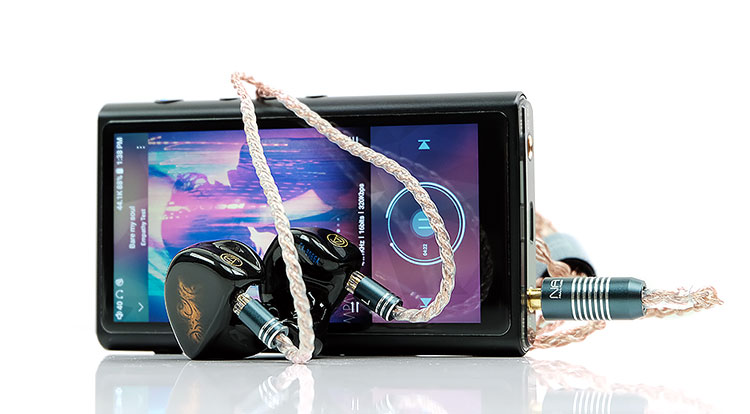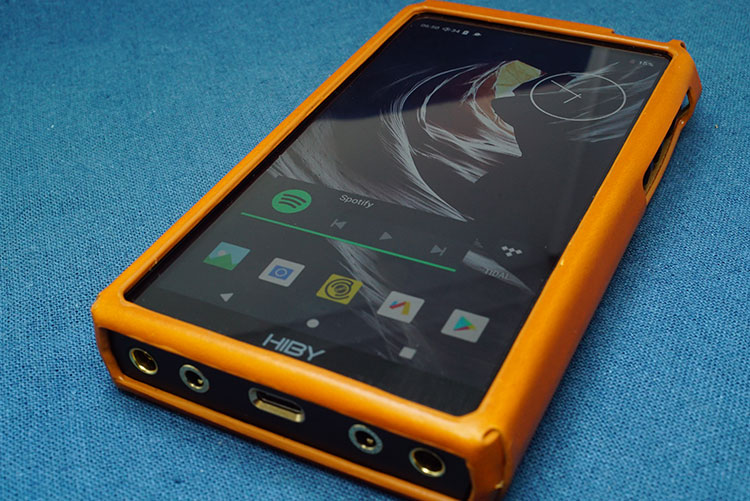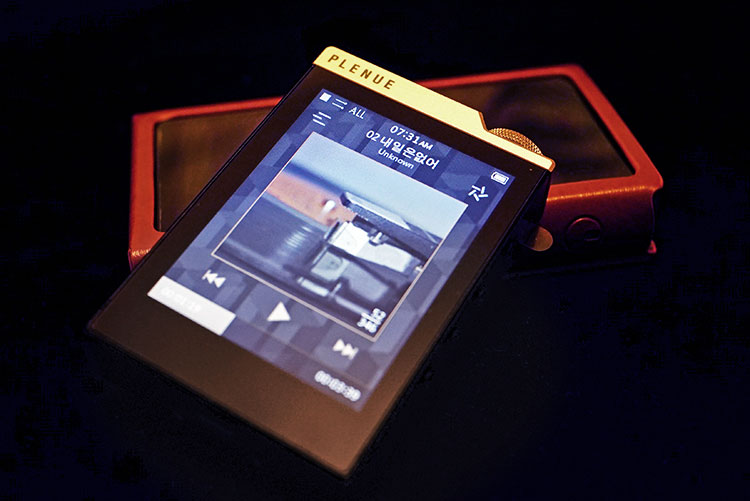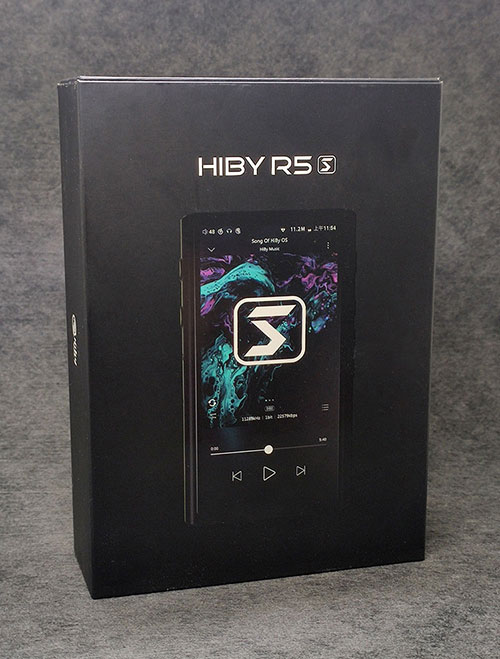Sound Impressions
Summary
The new R5 Saber sounds cleaner and more linear out of the box than the original R5 after more than two weeks of a run-in to allow for the sound to settle in.
Unlike the very warm and bassy tuning on the original R5, the R5 Saber’s tuning has some resemblance to the new R6 2020 which has a hint of warmth while boosting good clarity and resolving power, delivering a cleaner punch and swifter vocals.
The tonal traits give it a better synergy with dynamic IEMs and hybrids. Moreover, there is decent width and separation in the midrange. With the new parts down under the hood, the S/N ratio is affected marginally but I don’t think the headroom or resolving power is affected audibly while the output power is actually enhanced.
The new tuning approach also brings in better tonal balance. There is a good synergy with IEMs that are more textured in the mid-bass and controlled in the upper register, with sufficient power it pairs very well with demanding IEMs, for example, the Earsonics STARK.
Timbre
Although the power has been lifted, the background is still quite dark with only some faint hiss at a high gain even with the Shure SE846 I used to test background noise with. Basically, the noise could be audible indoors where it is quiet but could be negligible on a bus or a train.
At the same time, the impedance matching with the very sensitive IEMs seems decent such that the staging is stretched wide and deep with instruments and vocals are well separated with good dynamics.
Overall, good linearity is delivered without anything being curtained or veiled. The mids still have a slight hint of warmth but overall it is quite controlled and the pronounced mid-treble has good penetration power without being peaky.
There are good dynamics and power which makes modern pop more exciting especially faster-paced tracks, and this works very well for streaming content.
Staging
I recommend using the higher gain at all times with the R5 Saber to achieve a moderately wide and deep image much like in a small hall.
The staging is rather limited on the single-ended connection but with the balanced connection, you will find it much more expanded in all 3-axis. It simply sounds more natural when you test with binaural tracks.
The clean treble and less pronounced mid-bass than the original R5 help reveal more micro details in the texture of notes and spatial cues and this helps to enlarge the perceived staging as well.
Synergy
Astrotec Volans
Putting the R5 Saber with the Astrotec Volans you can hear the clarity and separation being boosted much more than on smartphones and other cheaper DAPs. The bass attack gets tighter, snares are more snappy and the vocal image is clearly outlined.
The mids with the Volans have quite some thickness which makes it a good pairing with the R5 Saber that is shyer in the mid-bass. I like the bouncy, meaty bass but with pop or cleaner voices I prefer tweaking the coloration to the cooler side in the MSEB menu for more sparkle.
In general, the vocals have good power and a distinct image, nicely rounded with breathy details. Again, I can confirm the tuning is a good match for pop and streaming content especially when commuting where the energetic bass will not be drowned out by the ambient noise.
Piano works are also dynamically presented, very lively with fast licks and jazz pieces. With balanced cables you will hear the staging opened up more and the control more precise when more instruments go into the mix. The tuning also gets more linear and the treble slightly more extended.
Final A8000 & ME700
The final test is to give the R5 Saber a more demanding load such as the Final A8000 and Shanling ME700 that both require a lot of current and control to reveal their true power.
With the A8000 a very clean signature is displayed. I am quite surprised to find the output being quite strong on the R5 Saber, which outputs enough swing to give the A8000 solid punch, quite a bit more energetic than the WM1A I used to A/B test. Tonally, it may be slightly too clean but with Japanese pop and some cleaner, higher pitching vocalists it will be very articulate.
The ME700 is also driven quite nicely to my surprise, although it may be weak in bringing out textures in the mids when compared to some stronger sources. There are enough dynamics and control to make it an engaging listen and doesn’t sound contained like when it is underpowered.
Although the R5 Saber isn’t as polished and controlled as some of the higher-end sources, its power and tuning allow it to sound very dynamic and punchy.
Select Comparisons
HiBy R5
$349
Consistent with what HiBy claims, the R5 sounds warmer and smoother, also more muffled in the midrange when compared to the more clearly outlined, cooler-toned R5 Saber edition that reveals more details in the mix.
In fact, they still share some traits due to the highly similar architecture in decoding and parts around the amping circuitry, but R5 Saber seems more refined and coherent which helps to expand the staging as well.
Personally, I enjoy the tuning on the R5 Saber more and the better linearity in tuning gives it a head start for the MSEB user tweaks. It matches better with dynamic IEMs that are thicker in the mid-lows and with a slower bass decay as well as multi-BA IEMs that requires good control in the mids to not sound curtained.
With the R5 the mids are more pronounced and colored yet it lacks texture and density to support. In another word, the R5 Saber achieves better tonal balance pairing with a larger selection of IEMs. There is also more control and better articulation that helps it to sound more extended and there is still a hint of warmth in the mids.
If you find the R5 too fat in bass or too warm in the mids but enjoy its form factor and hardware, the R5 Saber is the perfect alternative with a more precise and linear tuning approach.
HiBy R6 2020
$799
The R6 2020 is HiBy’s mid-tier contender that houses a super-fast processor, MQA 16x decoding, and a lot of power in its output. When compared the R6 2020 to the R5 Saber there are some similarities in the tuning but carefully listening you will feel some difference in their character.
While the R6 2020 has some good brilliance in its tuning, the R5 Saber is cooler in tone and slightly more shy in the mid-bass. With BA-based IEMs the R5 Saber has cleaner attacks and more treble energy, while the R6 2020 is more balanced and fuller, more textured in the mid-bass, and more pronounced in the vocal range.
Matching with dynamic IEMs such as the HiBy Seeds on 4.4mm the R5 Saber is driving out more body while keeping the bass agile and textured, achieving good balance at the same time pairing well with some other more bass intensive Dynamic IEMs.
The R6 2020, on the other hand, is overall more balanced in tuning, preserving more micro details and articulating in the mid-range while effortlessly giving the vocal a more precise image.
The R6 2020 is stronger comprehensively but taking away its hardware features and considering the sound only, the R5 Saber is right behind with decent mid-treble intensity, output power, and dynamics.
Cowon Plenue D3
$370
The D3 is also a small DAP that boosts high power with an even smaller form factor. The design is lovely and it can slide into any pocket. With the Cirrus Logic CS43131 DAC chip on board, it is achieving up to 131dB S/N ratio and it pairs well with bassier IEMs.
Cowon is a pioneer in DSP/equalizers and the D3 is packed with a lot of filtering options. It also supports aptX Jet Effect tuning that allows it to work during Bluetooth transmission. Putting the D3 with the R5 Saber you can hear the D3 sounding cleaner and sharper.
The tuning on the D3 focuses on clarity and extracts more details from the upper vocal range. It may sound more natural but less forgiving with breathy voices, exciting with saxophones and flutes.
In contrast, the R5 Saber has more focuses on the mid-bass region and is more dynamic instead of boosting clarity, the vocal and upper register is more rounded and the bass is deeper and dense.
Both DAPs have good flexibility to be tuned and I like the more revealing treble on the D3, while R5 Saber has better potential to be tuned in different ways by MSEB, at the same time sounding fuller in the mid-lows.
Our Verdict
When the R5 Saber came out I had a question mark in my mind wondering why HiBy is releasing a very similar product to the R5 that may confuse consumers. In fact, it is more like an upgrade that packs in a much more linear tuning, as well as a nice leather case.
The R5 Saber is easy to pair with IEMs that are more limited in staging, thinner in the mid-range, or requires a lot of swings to drive up its dynamics.
In addition, the 3.5mm output is performing quite well and clean in sound too. If you are looking for a nicely designed 4.4mm ready DAP, the R5 Sabre is like an audio Swiss Army knife packing in very up-to-date features with a big sound under its small hood that may surprise you!
HiBy R5 Saber Specifications
- Colors Aluminum alloy black
- Dimensions 107.7*61.2*15.6mm
- Bluetooth 4.2
- USB 2.0
- Operating System Android 8.1
- DAC CS43198*2
- SoC Snapdragon 425
- No. of CPU Cores 4
- CPU Max Frequency 1.4GHz
- WIFI 5GHz/2.4GHz supports IEEE 802.11 a/b/g/n protocols
- Display Size 4.0 inches (540*1080)
- Colors 16 million colors
- Topology IPS
- RAM 2GB
- Internal Storage 16GB
- External Storage Up tp 2TB + via 1 micro SD card
- Headphone Out 3.5mm
- Balanced Headphone Out 4.4mm
- Line Out 3.5mm LO
- Balanced Out 4.4mm LO
- Digital Out SPDIF (USB out)
- USB USB storage, USB DAC IN/OUT
- Headphone Impedance Range 16~300Ω
- EQ Adjustments 10 bands (±12dB)
- Channel Balance L 10dB to R 10dB
- USB DAC PCM/DoP/DSD Native
- Power Supply 9V/1.5A
- Battery 3500mAh
- Charge Protocol QC3.0
- Firmware Update Over-the-air update


